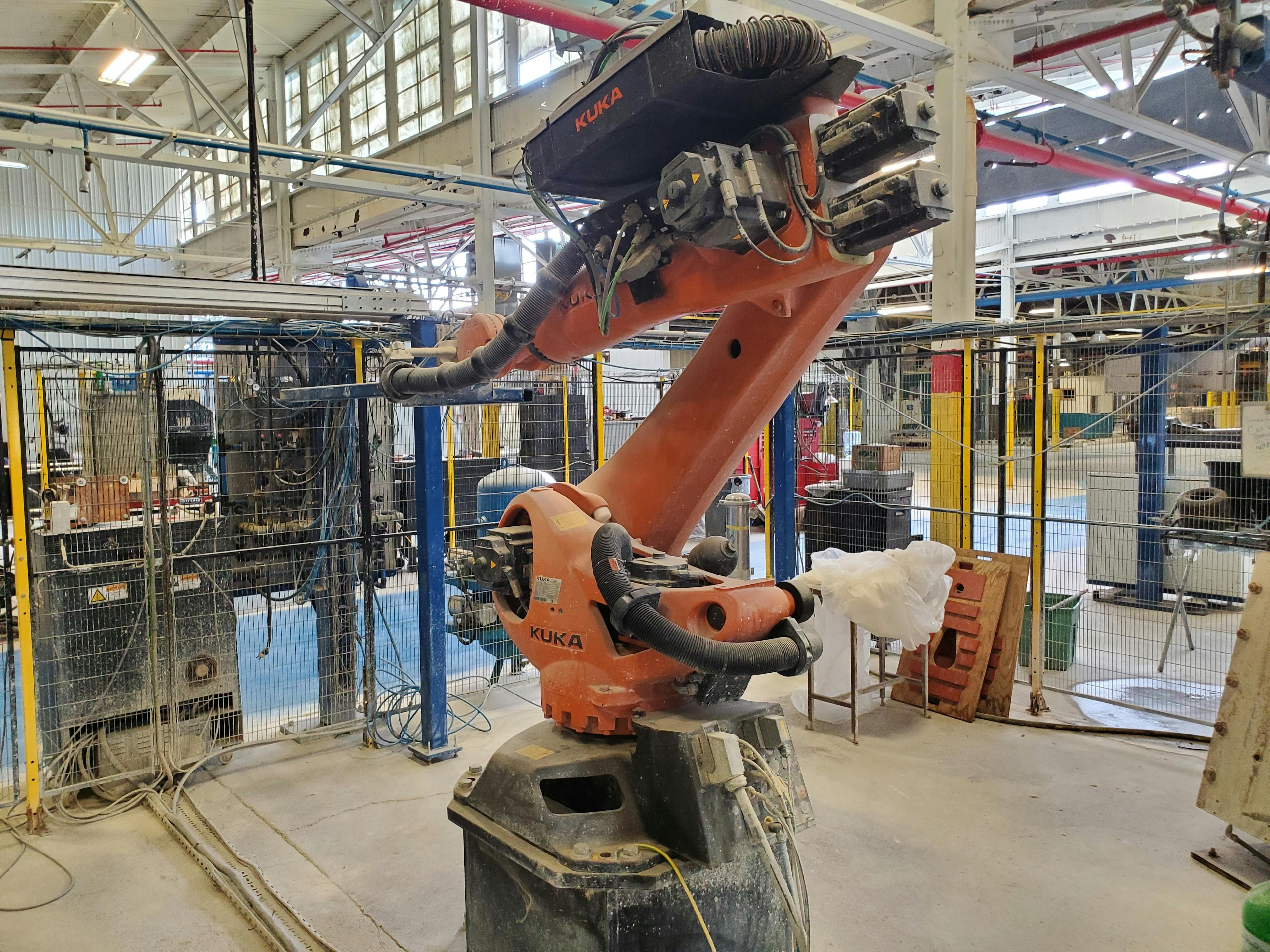The Regional Center program has now lapsed and the only investments that will qualify for EB-5 visas are those investments made directly into a growing business. These investments are referred to as direct EB-5 investments and differ from regional center investments in many ways. The size of capital raise is generally smaller; investors are generally offered higher rates of return; the deal structure is generally simpler with less complicated exits; there is less risk of redeployment; and the direct program is permanent.
Direct vs. regional center investments
Before explaining the benefits, it is useful to go over the fundamental differences of a direct investment compared with a regional center investment.
Direct investments have a much simpler structure. Investor capital is invested as equity directly into the business creating the jobs. Only direct operational jobs can qualify for EB-5 job creation. Direct businesses can be any business that creates the required jobs.
Regional center investments are almost always made into a new commercial enterprise (NCE), which pools together investor capital, and is otherwise known as the EB-5 fund. The EB-5 fund then loans the investor capital to the job-creating entity (JCE) which is the business that creates the jobs. Regional center investments can count direct, indirect (supplier industry), and induced (spending in local economy) jobs. Most often, these businesses have been commercial real estate developments.
Direct investments generally offer more attractive rates of return
I’m quite familiar with regional center offerings, having reviewed about two hundred different EB-5 investments over the past seven years. Rates of return offered to investors have generally been less than 1.0% per year.
Why such low returns? You’re investing in a fund, which has operating costs and aims to turn a profit. Also, for commercial developers to find EB-5 capital appealing — after all of uncertainty it brings — it needs to be cheaper than institutional financing. Thus, after the low rates developers will offer, and the costs of the fund, there’s not much left for investors.
Businesses seeking direct EB-5 investments are currently offering investors from 3%-9% annual preferred dividends. Why the higher rates? It’s simple: there’s no EB-5 fund to pay for, and the alternative is more expensive and dilutive private equity.
Direct investments don’t typically face the risk of redeployment
In a regional center investment, when capital is prematurely returned from the job-creating entity, the Manager of the EB-5 fund will typically need to reinvest those funds into another project, to maintain the capital “at risk,” a program requirement.
This reinvestment is at the discretion of the Manager, and will likely be made into a previously unexamined investment. This has led in some cases to abuse by the Manager.
It should be noted that the majority of regional center investments have prepayment clauses. So the anticipated certainty of a five-year loan, for example, may not be as certain as the investor believed. And they may have to accept having their money reinvested in a project they never selected.
A direct equity investment has virtually no threat of redeployment. Unlike real estate developments, where the developers generally have a plan to construct the building, stabilize the revenues and then sell it, most businesses are planned to be operated for the long term. Even if the majority owners sell their ownership, the shareholder agreement can provide for a lock-in period for the EB-5 investor class of shares.
Direct investments can be exited more on an individual basis
WIth a regional center investment, the Manager of the fund may have dozens of investors involved, all with different petition timelines to consider — all who must be treated equally. This can cause complications to repayment and investor exits.
With a direct investment, an investor enters and exits the investment as an individual and can have more flexibility in doing so. Incentives can be built in for the company to repurchase the investor’s equity, once the investor has satisfied their conditional residency requirement. This is accomplished by increasing the preferred dividend over time.
Also, the investor can sell to an outside buyer who may like an investment with a 7% annual dividends, as an example. EB-5 Fund investors can’t exit by selling to an outside investor — as there are no buyers for an investment with 0.5% dividend or an opportunity for an upside.
Direct investors can get direct access to company performance reports
As a shareholder, a direct investor is entitled to access company information including the progress it is making. This makes it easier to stay informed and identify any issues as soon as possible. With a regional center investment, the investor must rely on updates from the EB-5 Fund Manager — who may not want to provide them if things are not going as planned.
Contrary to a common misconception — direct investing does not require active management
In the past, direct EB-5 program was mainly used by investors who wanted to own and operate a small business such as a franchise restaurant or a service business.This may have caused many EB-5 professionals to believe that a direct investment required the petitioner to actively operate the business. This is not a USCIS requirement.
Veteran immigration lawyer, and former Acting Director of USCIS, Robert Divine, tells us that the management requirements for a direct investment are identical to those for a regional center investment: “The requirement in the statute to engage in the enterprise is the same in a direct investment and a regional center investment; there is no difference.”
Keep in mind that while an investor can make a passive direct EB-5 investment, he or she may want some oversight of the business to ensure their capital is used properly. Rupy Cheema, founder of EB5 Diligence advises, “To be prudent, an investor should have some oversight of the business, which could involve a seat on the board that meets quarterly, and approves budgets and reviews performance and operating results.”
No direct program expiry is cause for comfort
If the direct EB-5 program has seemed in the past like the little brother to the Regional Center Program, it is also the older brother: it is the original and “standard” EB-5 program established by Congress in 1990.
What’s more, it is permanent — as opposed to the “pilot” Regional Center Program — and does not need reauthorization. This may be the biggest advantage to investing in a direct EB-5 investment. Until the Regional Center Program is reauthorized as a permanent program, investors will be subject to the vagaries of Congress and the U.S. Immigration Service. And as tens of thousands of past investors can attest, this is a very uncomfortable place to be.
What to look for in a direct investment
As job creation is the crucial element of any EB-5 investment, the business plan should include a hiring schedule as well as job descriptions. The timeline of the job creation should be within two years of the time the petitioner is approved. With petitions currently estimated to take one year, jobs should be expected to be created within three years of filing. USCIS also provides another one year as a buffer that can be used, but should not be part of the plan.
Here are some other positive factors: businesses that have made significant progress; the completion of a recent funding round; a proven concept; sensible sales projections; and experienced management that is capable of executing the business plan.
The goals and background of each investor can impact their investment decision. A potential EB-5 investor with a technical or medical background, for example, may have an easier time evaluating those types of businesses and their opportunity in the market.
Direct EB-5 investments are the only game in town — and at just $500,000
Direct investments are the only option to get an EB-5 visa for now. Many EB-5 stakeholders predicted — or, rather, hoped — for Regional Center reauthorization on September 30, 2021, and many are now hoping for it to happen on December 3, 2021. With Congress’ attention turned elsewhere and a lack of political consensus on the program, I don’t think this is likely. More likely, we’ll see new EB-5 legislation early next year.
With a Federal court decision rendering the Modernization Rule of 2019, which raised the minimum investment amount to $900,000, invalid, the minimum investment is back to $500,000 — for now.
If you want to invest $500,000 (or perhaps that’s all you can afford), making an investment now could make sense. And if USCIS announces that the minimum investment amount is increasing back to $900,000, they may provide very little notice.
But regardless of if and when the Regional Center Program comes back, I think direct investments have enough advantages to make them a force in EB-5 going forward.
And finally, with any type of EB-5 investment, direct or regional center, be sure to conduct proper due-diligence before investing.
— Kurt Reuss, registered securities broker & eb5Marketplace Founder. Schedule a call with us now.
This content does not function as legal counsel. You are advised to seek your own legal advice.






